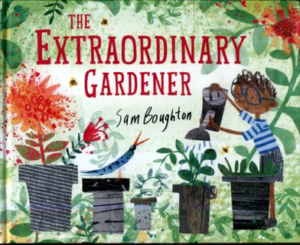 Sam Boughton
Sam Boughton
Tate Publishing
Age 5-7 years
Although Sam lives in a grey tower block surrounded by other tall drab building, however in his dreams he imagines living in a world full of colourful plants and amazing animals. One day, inspired by a favourite book, he finds a seed to plant and grow. Eventually Sam’s plant grows and inspires him to grow more plants attracting interest from his neighbours and eventually he realises how he can have an impact on the whole city.
A beautiful picturebook with a story that celebrates imagination and the transformational power of the natural world. The artwork is striking, don’t miss the open out spread at the back of the book. Children might be inspired to create their own artwork,.
Share the story
Read aloud
As you read the story pause to look at the detailed illustrations and talk about them. For example, pause to talk about Joe’s ordinary world and what he might be looking for that is very small.
Join in
When children become familiar with the story they can join in with the reading – for example the sequence when Joe is planting the seed and waiting for it to grow. Point to the words as you read them eg ‘bigger and BIGGER.’
Talk about the story
-
Talk about the words ‘ordinary’ and ‘extraordinary’ and what they mean. There are other words which are likely to be unfamiliarto children eg ‘prune’ and ‘preen.’ Show your how to find out their meanings using a dictionary or online version.
-
Look at the double page of Joe’s world. What do you both notice? Can you spot Joe?
Watch the story read aloud
Things to make and do
Be an artist
Give your child two pieces of paper. On one, make a picture of Joe’s real world in black and white using pencil, charcoal, pen or newspaper collage. Look at the end paper and opening spread for ideas.
On your second piece of paper paint, colour or collage a picture of an extraordinary world with plants taller than skyscrapers and imaginary animals. You could display the two pictures side by side or stick them back to back and fold them in half so that you can open the ordinary world to reveal the extraordinary world.
Go on a walk around your area
Notice and talk about things that your child likes or dislikes in the area. You might notice signs of the natural world eg trees and plants, insects and birds or the built-up world with roads, buildings, walls, vehicles. What colours and sounds are there? Visit a local park and notice what makes the park pleasant or unpleasant?
Look inside an apple, grow a tree
Cut an apple in half and draw a picture of the seeds inside.
You could try planting them in a small pot like Joe. Talk about the need to look after the seeds and to wait – they may take a long time to grow – or not grow at all. See below for ideas on how to be an extraordinary gardener. If you successfully grow a plant you could give one away like Joe does, to a friend or member of your family.
Find out more
Find out more about the book’s creator, Sam Boughton
Read another book illustrated by Sam Boughton
Matisse’s Magical Trail
Hello Mr Dinosaur
Hello Mrs Elephant
Be an extraordinary gardener
-
-
Visit a greengrocer to choose fruits. At home cut the fruit in half and collect any seeds inside. Keep them in different labelled containers so you don’t forget which seeds are which! Chop the fruit up to make a tasty fruit salad to enjoy.
-
Visit a garden centre. Choose some packets of seeds to buy and grow. Plant the seeds in small flowerpots. Teach your child how to care for the seeds – water regularly (but not too often) and keep in a warm sunny spot. If you have outside space you could create a wildflower meadow https://www.turfonline.co.uk/blog/easter-holidays-make-a-wildflower-meadow/
-
Be a speedy gardener
-
-
Grow some seeds that always have quick results such as cress. These can be grown on moist cotton wool or kitchen roll. You could make egg and cress sandwiches together or add the cress to a salad for you and your child to enjoy. https://www.persil.com/uk/dirt-is-good/games/grow-your-own-cress-heads-for-kids.html
-
Be a wildflower activist!
-
-
If you don’t have a small patch of ground of your own, take a pack of wildflower seeds and find a small patch of neglected land to sprinkle them on. Alternatively, you may like to make or buy ‘Seed-bombs’, https://www.wildlifetrusts.org/ actions/how-make-seed-bomb. With these you can find a piece of neglected land and simply throw your seed-bomb onto it and visit a few weeks later to see if your seeds are growing.
-


 Katrina Charman, illus. Nick Sharratt
Katrina Charman, illus. Nick Sharratt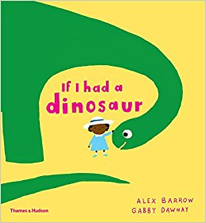 Gabby Dawnay, Alex Barrow (illus)
Gabby Dawnay, Alex Barrow (illus)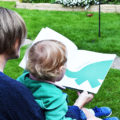
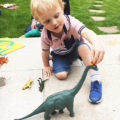
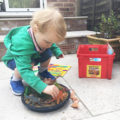
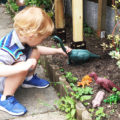
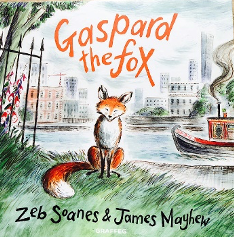 Zeb Soanes, illus. James Mayhew
Zeb Soanes, illus. James Mayhew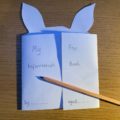
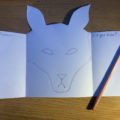
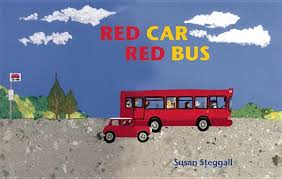

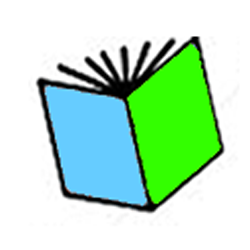
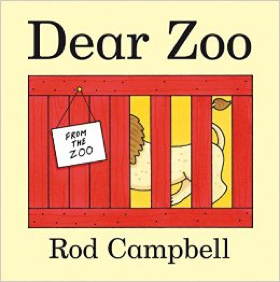
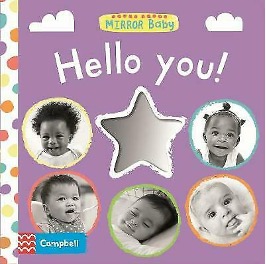
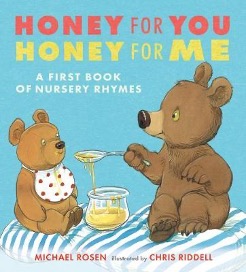
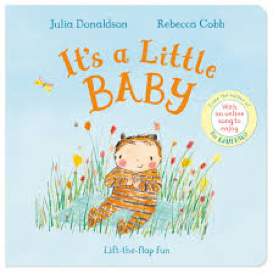

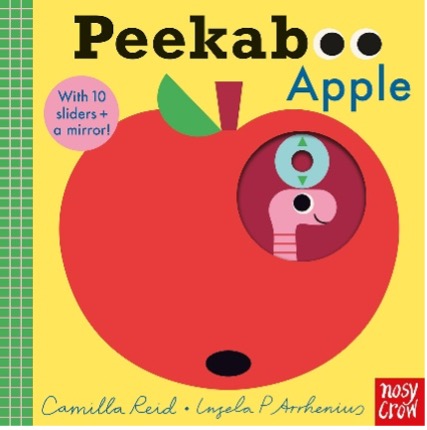
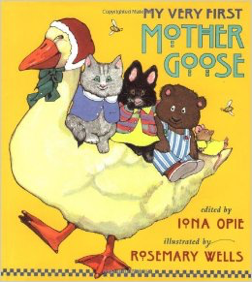
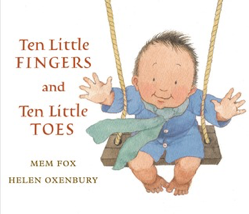
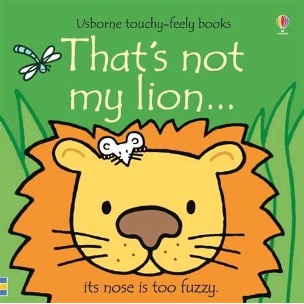
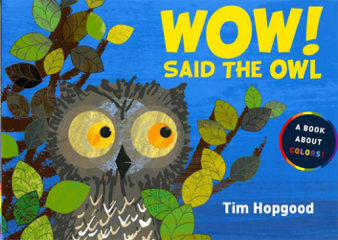
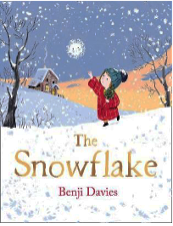

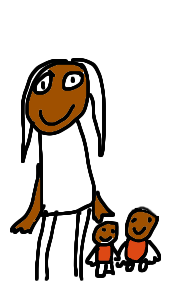
 Chitra Soundar, illus. Poonam Mistry
Chitra Soundar, illus. Poonam Mistry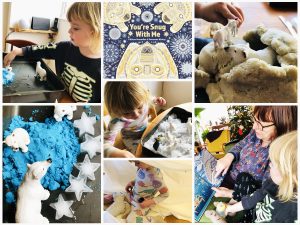
 Follow lovemybooksUK15
Follow lovemybooksUK15